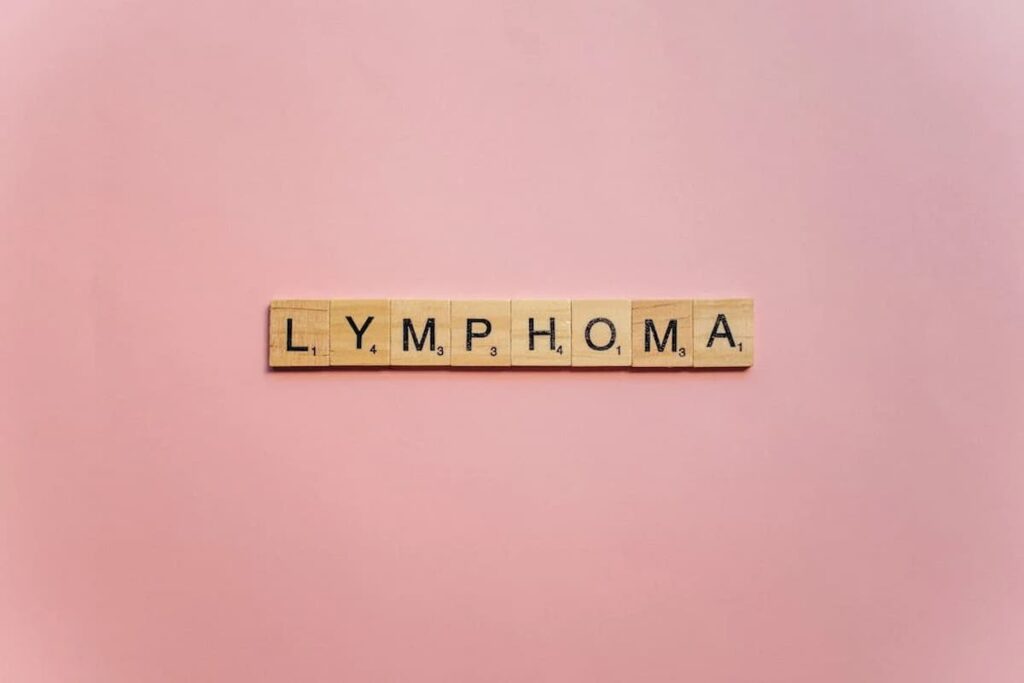Tattoos have become a mainstream form of self-expression, embraced by millions worldwide. However, recent studies have unearthed a startling connection between tattoos and lymphoma, raising concerns about their safety. As we delve into the intricate relationship between tattoos and this form of cancer, we aim to shed light on crucial findings that everyone considering body art should be aware of.
Table of Contents
Understanding Tattoos: More Than Skin Deep
Tattoos involve injecting ink into the dermal layer of the skin using needles. This process creates permanent designs but also introduces various substances into the body. The composition of tattoo inks is complex, often containing a mixture of organic pigments, metallic salts, and sometimes plastic-based compounds. While tattoos are generally considered safe, the potential risks associated with these substances warrant closer scrutiny.
Tattoo Ink Composition

Tattoo inks can vary significantly in their chemical makeup. Common components include:
- Heavy Metals: Such as lead, nickel, and chromium, which can have toxic effects.
- Organic Pigments: Derived from plants or synthetically produced, these can sometimes include harmful chemicals.
- Preservatives and Contaminants: Used to prevent microbial growth but can introduce additional risks.
The lack of standardized regulation in the tattoo industry means that the exact content of inks can be unpredictable, raising potential health concerns.
Lymphoma: A Brief Overview

Lymphoma is a type of cancer that originates in the lymphatic system, which is part of the body’s immune system. It includes various subtypes, primarily Hodgkin lymphoma and non-Hodgkin lymphoma. Lymphoma affects the lymphocytes, a type of white blood cell, leading to abnormal growths that can spread to different body parts.
Risk Factors and Symptoms
Common risk factors for lymphoma include genetic predisposition, exposure to certain chemicals, immune system deficiencies, and now, emerging evidence suggests, tattoos. Symptoms often include swollen lymph nodes, unexplained weight loss, fever, and night sweats.
The Connection Between Tattoos and Lymphoma

Recent research has indicated a possible link between tattoos and an increased risk of developing lymphoma. This connection is primarily attributed to the components of tattoo ink and the body’s reaction to these foreign substances.
Chemical Exposure and Immune Response
When tattoo ink is injected into the skin, the body mounts an immune response. Macrophages, a type of immune cell, engulf the ink particles, attempting to isolate them. This process can lead to chronic inflammation and, over time, potentially contribute to the development of lymphoma.
Studies have shown that tattoo pigments can migrate from the skin to the lymph nodes. This migration can cause lymphadenopathy, a condition where the lymph nodes become swollen. Persistent inflammation in the lymphatic system is a known risk factor for lymphomas, suggesting a plausible pathway linking tattoos to this type of cancer.
Case Studies and Epidemiological Data
Several case studies have documented instances of lymphoma in individuals with extensive tattoos. While these anecdotal reports do not establish causation, they underscore the need for further research. Epidemiological studies are beginning to explore the prevalence of lymphoma among tattooed individuals compared to the general population, with preliminary findings indicating a potential correlation.
Health Precautions for Tattoo Enthusiasts
Given the emerging concerns, individuals considering tattoos should take proactive steps to minimize potential risks. Here are some precautionary measures:
Choose Reputable Tattoo Studios
Ensure that the tattoo studio adheres to strict hygiene standards. Reputable studios use sterilized equipment and high-quality, regulated inks. Do not hesitate to ask about the ingredients in the inks used and opt for those with safer, less toxic components.
Limit the Number and Size of Tattoos
While tattoos are a form of personal expression, moderating the extent and frequency of tattooing can reduce overall exposure to potentially harmful substances. Consider the long-term health implications alongside the aesthetic appeal.
Monitor Your Health
Be vigilant about any unusual changes in your body, particularly swollen lymph nodes or persistent skin reactions around tattooed areas. Regular medical check-ups can help detect any early signs of health issues, including lymphoma.
Ongoing Research and Future Directions
The connection between tattoos and lymphoma is a relatively new area of study, and more comprehensive research is needed to fully understand the risks. Ongoing studies aim to:
- Analyze Tattoo Ink Composition: Detailed chemical analyses to identify harmful compounds and their potential effects on human health.
- Longitudinal Studies: Following large cohorts of tattooed individuals over time to track health outcomes and establish clearer correlations with lymphoma.
- Mechanistic Research: Investigating the biological pathways through which tattoo inks may contribute to cancer development.
Conclusion
While tattoos remain a popular form of self-expression, it is crucial to be informed about the potential health risks associated with them, particularly the emerging link to lymphoma. By making informed choices and taking preventive measures, individuals can enjoy their body art while safeguarding their health. The evolving research underscores the importance of continued vigilance and scientific inquiry into the long-term effects of tattoos.
Please click here for Further Exploration
Please click here to read about THE FUTURE OF SPACE TOURISM: WHAT YOU NEED TO KNOW: REPORT


1 thought on “Think Before You Ink: The Startling Connection Between Tattoos and Lymphoma!”